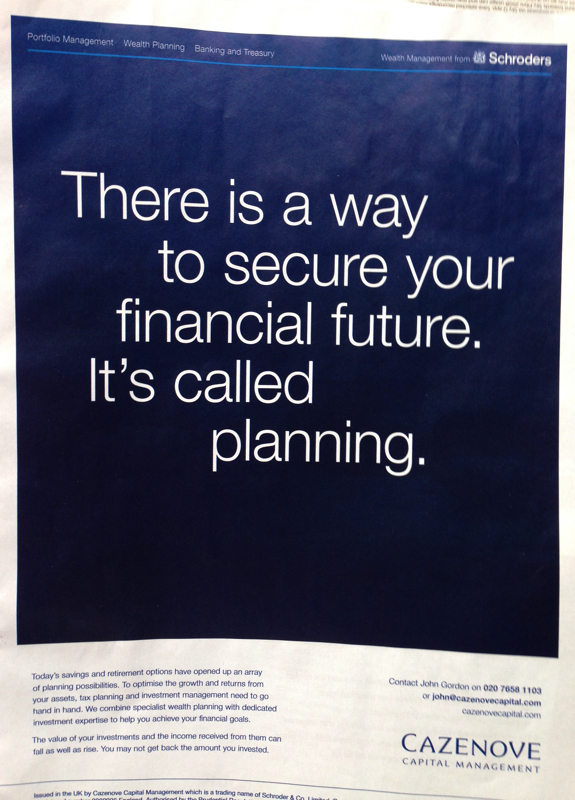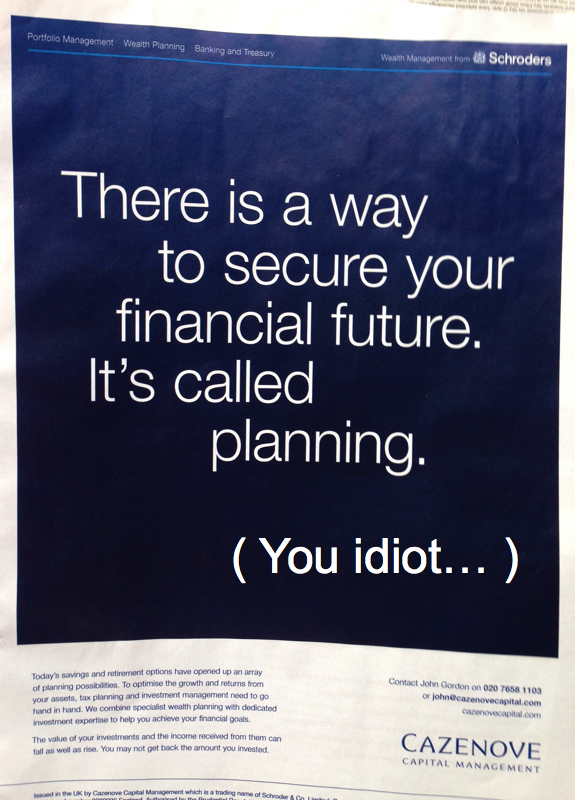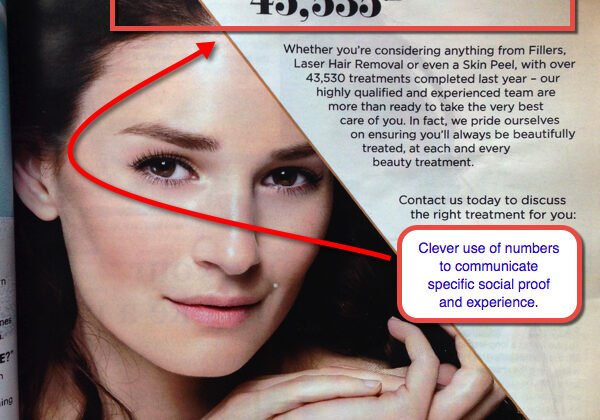As most people reading magazines, I flip through the adverts to get to the good stuff. In this month’s edition of Glamour I was of course looking for an article that would help me perfect my brows, style, my liquid eye-line skills and most other make-up related things I struggle with.
But this advert caught my eye as an example of clever copywriting that you don’t often see in glossy ads:

Please note: I’m not endorsing cosmetic surgery. It’s not that I think people shouldn’t have cosmetic surgery if they want, it just makes me sad that anyone feels like they are not good enough. As a teen desperate for (and told I needed): clear skin / bigger boobs / longer legs / smaller forehead / mouth that didn’t stick out / hair that wasn’t ginger, I know what feeling ‘not good enough’ is like. No procedure would have fixed it. I needed years learning to love my: oil-rich skin (not oily – I’m a copywriter) / running-friendly frame / no-need-for-extra-legroom pins / the family forehead / a massive smile and ginger hair. I’m never going to win Miss Hull, I’ve just learned to like what I see and wish more people realised how perfect they already are. We shall now continue with our regular broadcast….
So what makes this effective?
It’s different to generic beauty adverts
How many beauty adverts actually promise you something specific? Something other than…
Be the new you…
Feel inspired…
Release your inner goddess…
Blah. Blah. Blah.
This advert is doing something off the beaten track. Numbers and beauty? That’s not something you see very often. Being different within its industry is the first way it gets attention.
Can you do something similar? Is there a certain ‘style’ of copywriting or advertising in your industry – can you shake it up? If most people are going for short-form catchy slogans, can you write a compelling piece of long-form copy to engage your audience?
It speaks to the customer’s interests (NOT the business’s)
We’ve got a product, we need to sell it.
What do we write about that product?
That’s the way a lot of people approach writing copy and it’s one that will leave you stuck and at a disadvantage.
You’re not trying to ‘shift’ your product on just anyone. You’re trying to write copy that builds a bridge between what your customer is looking for and what you have to offer. This advert takes a step back and says:
What’s going on in our customer’s minds?
Many cosmetic surgeries choose to focus on the “there’s something wrong with me that I want fixed so I can be happy” route, but this advert delves deeper.
Our customers are considering having a procedure or treatment. They may be excited at the results, but they may also be nervous. They may have read stories about things going wrong, or not know how to trust a company…
And so the “45,535th” is designed to reassure them. To say:
- What’s new for you is routine for us
- We’re experienced
- Many people have used us
- We’ve been around for a while
Now I’m not promoting this company (which is why I’ve covered the name) because I can’t vouch for the service, and I’m not so much interested in the company as the copy used to connect with their customer.
Think about your own customer. Have you explored all avenues of what they might be considering when choosing a service like yours. Can you develop different landing pages or adverts that speak to those different concerns, rather than trying to cover everything on one page? This article from Marketing Experiments is a great example of how to run A/B tests that speak to one specific customer concern.
And can you come up with some compelling figures to back up your claims?
Now… onto the next advert I saw this week which made me laugh out loud.
Copywriting rule #176 Don’t insult your customer
Flipping through my copy of The Week, I saw this full-page beauty:

And I read it like this:

Why take this tone with me?
I think the aim is to communicate:
Look, I know you think the solution to your problem is complicated, but it’s actually easier than you think!
And the phrase “easier than you think” is a staple phrase in copywriting and ‘how-to’ articles you see in the papers. “5 ways to stay young forever, and it’s easier than you think!”
Unfortunately, this advert comes across as insulting, almost blaming the customer by saying:
There is a way to [achieve something you want]
and
[it’s this really bloody obvious reason you flippin’ numpty]
If it was listing a particular type of financial planning in the headline, it would have been more effective. But because ‘planning’ on its own just sounds like ‘having a plan of some sort’ for me, this isn’t effective in selling the value of what this company does.
What would it sound like for other products?
But maybe I’m being unfair. Maybe this style could work? I tried it out for other industries. Tell me what you think:
Do you have any similar experiences or seen an advert you love recently (whatever the reason) let me know in the comments below!)

Great post, Amy. Spot on, that 2nd ad feels extremely condescending. Doesn’t exactly feel like they’re inviting people to get in touch. 😀 Love the idea of doing things differently like the 1st ad does. 🙂
Hello Amy, thanks for this useful variation on the theme of anticipating and dismantling objections.
I also enjoyed Adam Lapp’s article about ‘Fixing the broken leg’ (from the link), especially his use of analogy at the top, but the argument seems to have missed its own point.
The whole point of testing is to find which issues are the broken legs and which are the broken toes, rather than starting from the assumption that you already know which are which. So my take on the article is that, yes, you should devise several hypotheses and test them out one by one, but that, once you’ve found and resolved the broken-leg issue, you should THEN repeat the other tests to explore the potential ‘broken-toe’ hypotheses. Only the article doesn’t actually say that.
Hi Oliver – thanks for your comment!
Yes, I interpreted it the same way – generate ideas of what may be important to customers, what may be holding them back, and within each of those drill down to find the ‘broken toes’. 🙂
This was so fun, Amy, and smart, too! I especially like the “oil-rich” skin 😀 Now, I have to come up with something for my dry, sensitive skin and it can’t get better than that!
Ha! I actually stole the term from my dad. He used to work for the UK fishing industry and one day was meeting with a marketing board. They told him it was a struggle to get people to eat fish like salmon and mackerel because people didn’t like the term ‘oily.’ So he suggested ‘oil-rich’ and it stuck with me. Me and mackerel, plenty in common! 😉
Talk about the unusual places copywriters find inspiration 😀
I love your suggestion of doing the opposite of what everyone else is doing for your promotional copy – thanks. I remember Anita Roddick of the Body Shop saying she used to look at what all the conventional cosmetic companies did for their products and deliberately go the other way. So I guess it works!
I always remember the Body Shop advert of: “There are 3 billion women in the world who don’t look like supermodels, and only 8 who do” A very different style that firmly planted in consumers that a) the Body Shop was different and b) it was on their side. 🙂